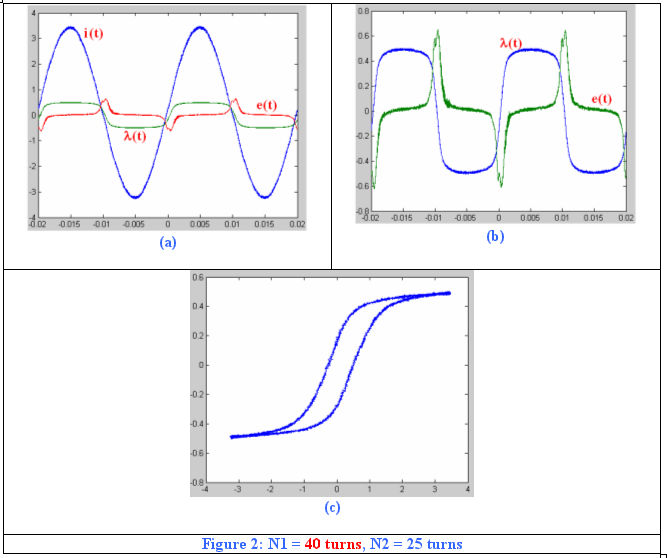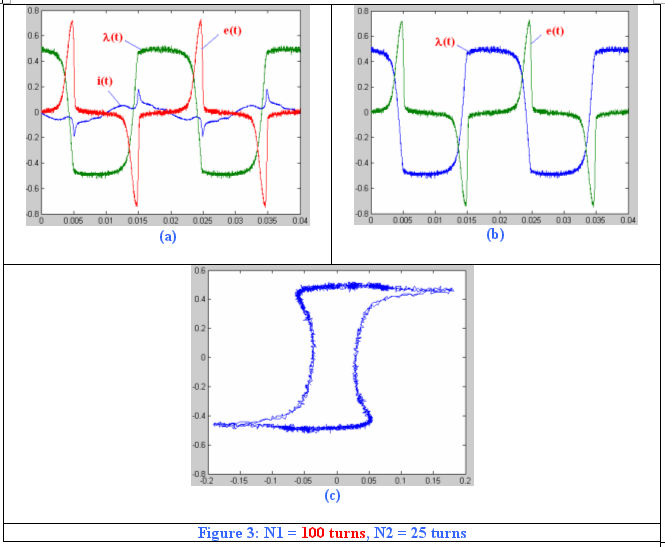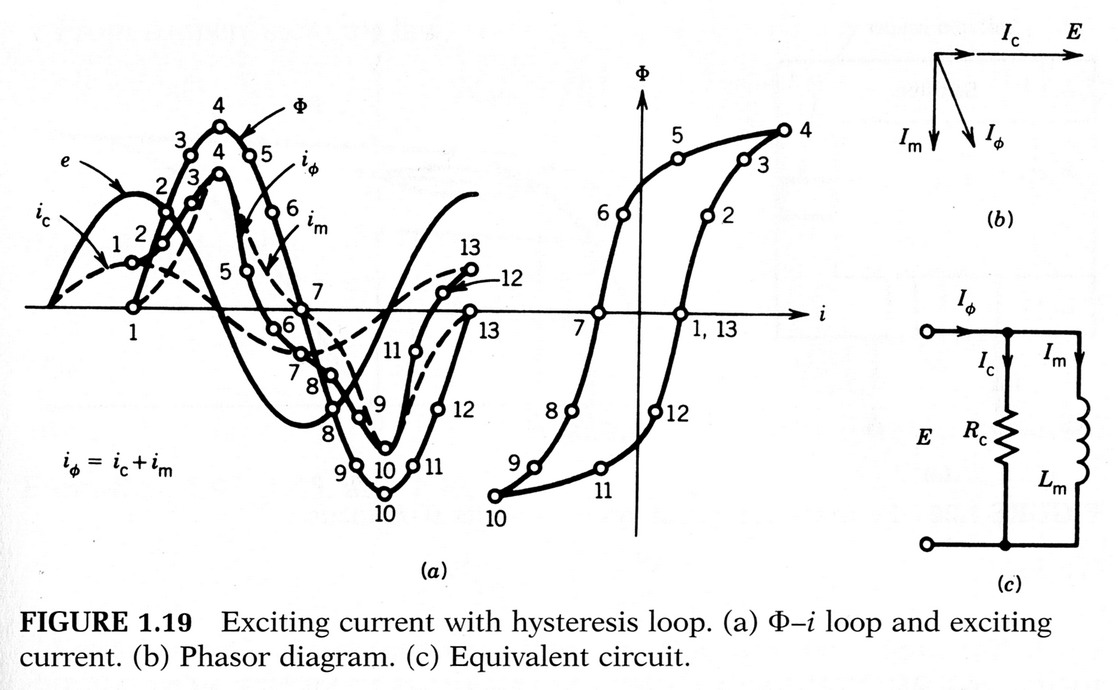powersys
Advanced Member level 1

I did a test on a BH circuit (Figure 1) today. The number of turn of the excitation coil was N1, whilst the number of turn of the search coil was N2. In the experiment TTi TG550 Function Generator (https://www.tti-test.com/products-tti/generator/tg550.htm) was used as Vin. When N1 = 100 turns, the excitation current waveform looked very FUNNY (heavily distorted compared to that when N1 = 40 turns). I'm not sure what's the cause of the distortion. Is it because of the TG550 (low output current capacility), or because of the 'reactance' of the circuit itself?
I also connected the BH circuit to an AC power supply (capable of supplying up to 8A, 0~24Vrms), and the excitation current waveform was also distorted heavily. Due to the heavily distorted current waveform, the BH curve also looked weird.
Please advise...
Thank you very much



I also connected the BH circuit to an AC power supply (capable of supplying up to 8A, 0~24Vrms), and the excitation current waveform was also distorted heavily. Due to the heavily distorted current waveform, the BH curve also looked weird.
Please advise...
Thank you very much





